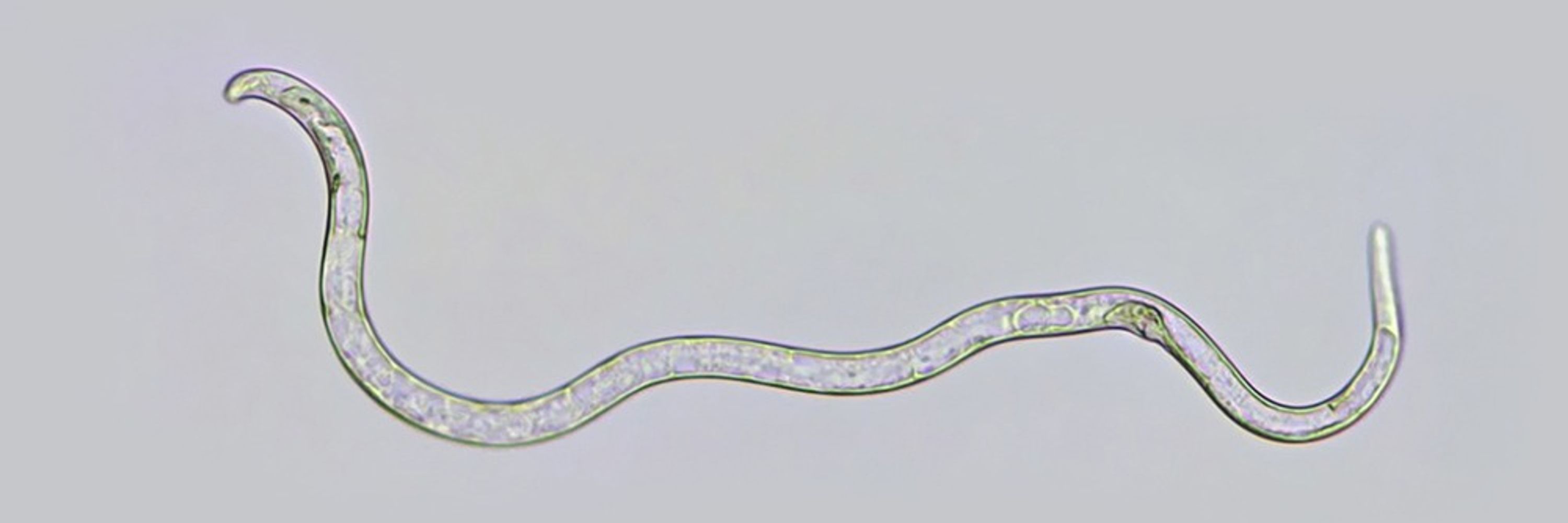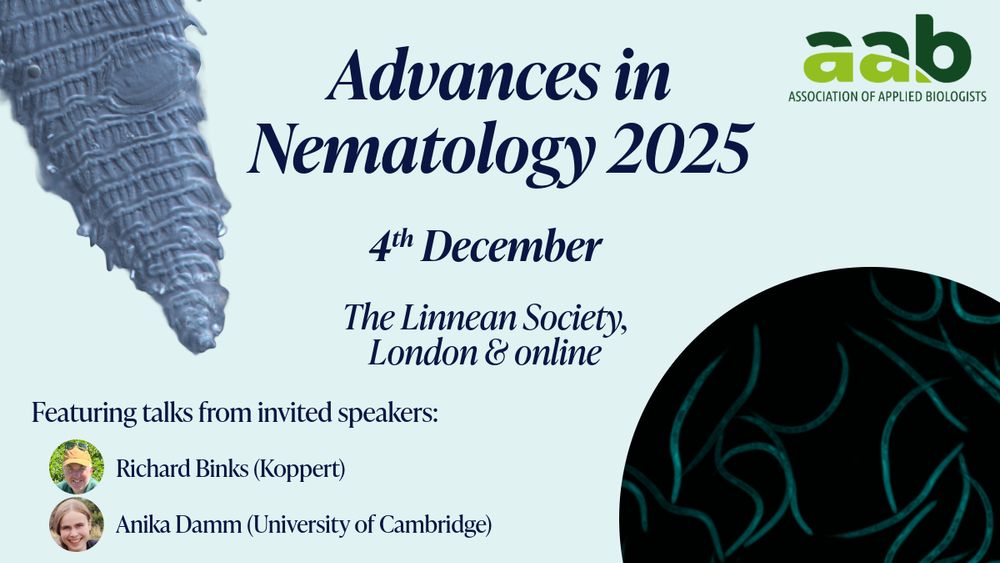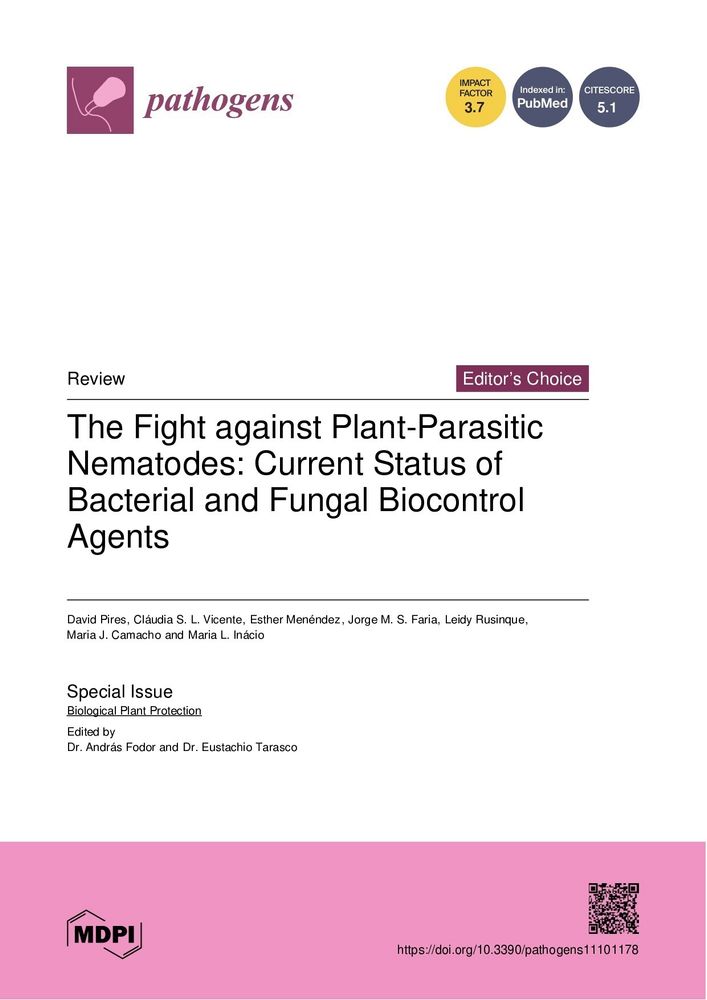David Pires
@david1822.bsky.social
330 followers
810 following
90 posts
🪱 Nematologist at INIAV, IP | 🎓 PhD candidate at the UEvora |
🌐 @purpest-eu.bsky.social manager | 🛡️🌱 #Biocontrol | 🍄 Fungi-nematode interactions | 💬 Opinions are my own | 🏳️🌈 He/him |
➡️ https://sites.google.com/view/davidpires/
Posts
Media
Videos
Starter Packs
Pinned
Reposted by David Pires
Reposted by David Pires
Reposted by David Pires
Reposted by David Pires
Reposted by David Pires
Reposted by David Pires
Reposted by David Pires
Reposted by David Pires
Reposted by David Pires
Reposted by David Pires
Reposted by David Pires
Reposted by David Pires
Reposted by David Pires
Reposted by David Pires
Reposted by David Pires
Reposted by David Pires
Reposted by David Pires
Reposted by David Pires

























